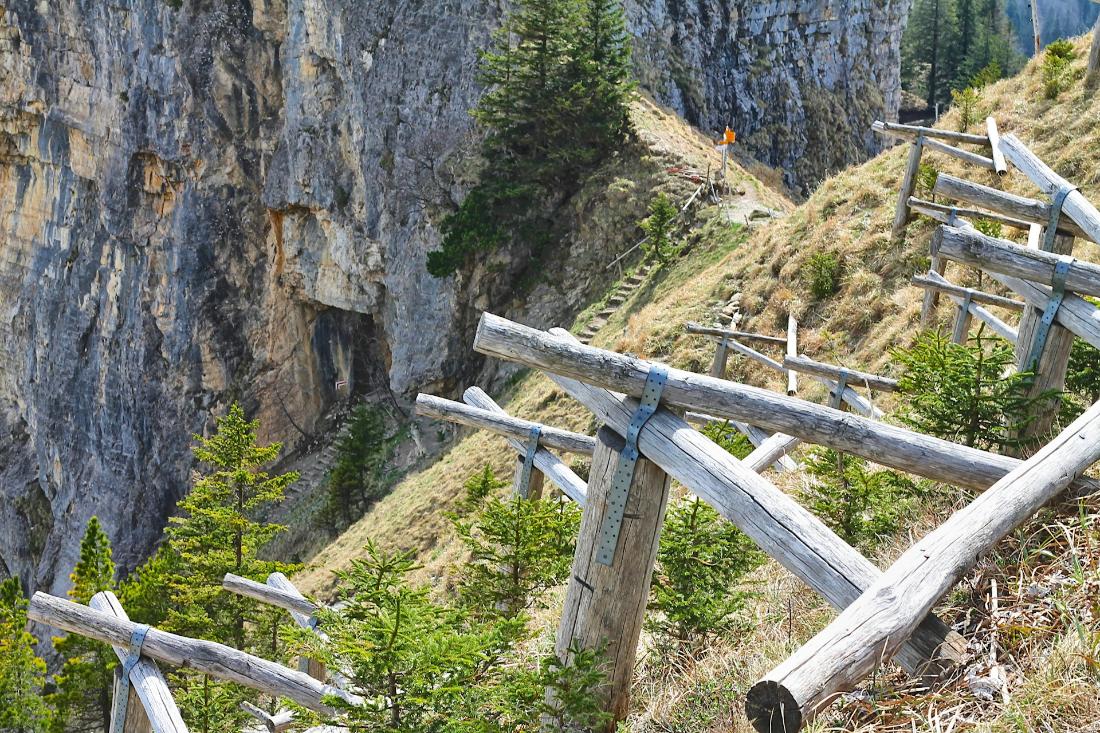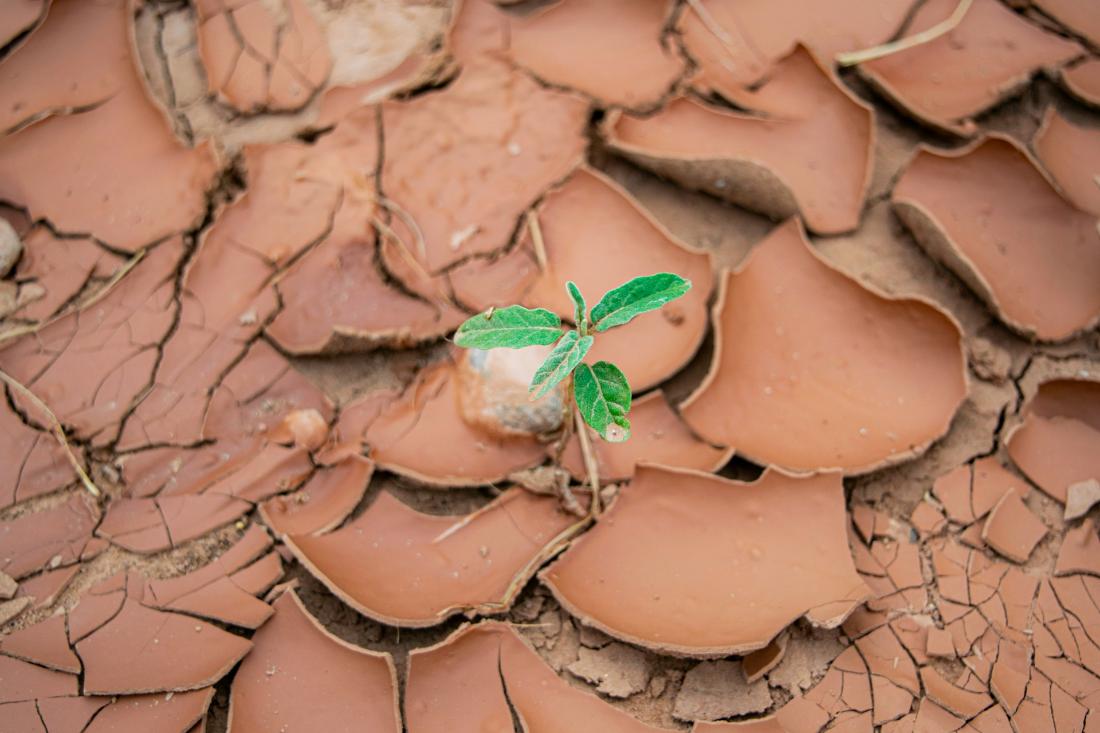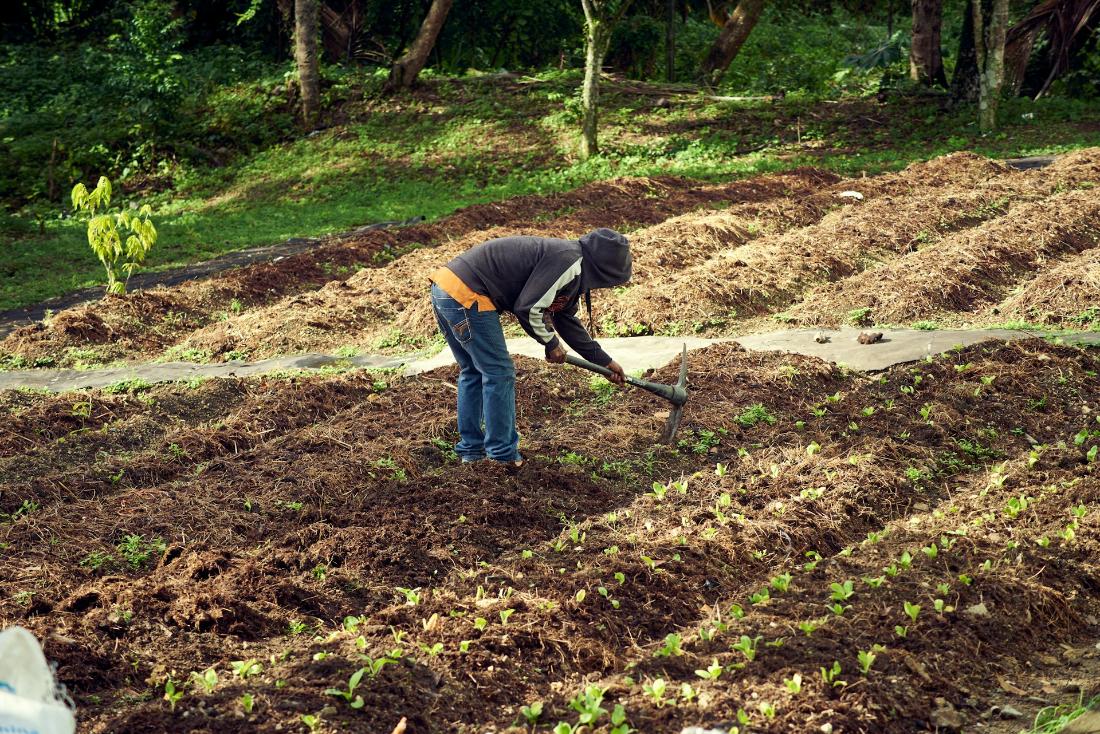Structure
Soil Protection Contractor in Malaysia: Guardians of Our Earth's Foundation
Aug 15 2025
The first time I truly appreciated the importance of soil protection was during a visit to a construction site in Cameron Highlands. What began as a routine hillside development had turned into an environmental nightmare—without proper erosion control measures, heavy rains had washed tons of fertile topsoil into nearby rivers, choking aquatic life and creating dangerous mudflows downstream. That was before a soil protection contractor in Malaysia intervened with stabilization solutions that not only halted the damage but allowed vegetation to regrow within months. This experience revealed how soil, often overlooked beneath our feet, forms the literal foundation of Malaysia's ecosystems, agriculture, and infrastructure.
Soil protection has become increasingly critical in Malaysia's development landscape. From palm oil plantations to urban construction sites, the pressure on our soil resources continues growing. Proper soil management prevents erosion, maintains fertility, and protects waterways—benefits that extend far beyond individual projects. This article explores why soil protection matters in Malaysia's unique environment, the techniques specialists use to preserve this vital resource, and how to identify contractors who combine technical expertise with environmental stewardship.
Why Soil Protection Matters in Malaysia
Malaysia's tropical climate presents both blessings and challenges for soil conservation. While abundant rainfall supports lush vegetation, intense downpours can strip unprotected soil at alarming rates—up to 200 tons per hectare annually on steep slopes without proper measures. I've measured erosion gullies in Sarawak plantations that cut three meters deep into hillsides after just two rainy seasons, carrying away nutrients that took centuries to accumulate.
Beyond agriculture, soil instability threatens infrastructure across Malaysia. The 2022 slope failure along the North-South Expressway near Ipoh, which disrupted traffic for weeks, traced its origins to inadequate soil stabilization during initial construction. Similarly, the recurring sedimentation problems in Klang River stem largely from construction sites allowing soil to wash away unchecked—a problem that costs millions in dredging annually.
Perhaps most importantly, healthy soil serves as Malaysia's natural water filter and carbon sink. The peat soils of Sarawak, for instance, store vast amounts of carbon that could release into the atmosphere if degraded. A soil protection contractor working in these areas doesn't just stabilize ground for construction—they help maintain global climate regulation systems.
Soil protection has become increasingly critical in Malaysia's development landscape. From palm oil plantations to urban construction sites, the pressure on our soil resources continues growing. Proper soil management prevents erosion, maintains fertility, and protects waterways—benefits that extend far beyond individual projects. This article explores why soil protection matters in Malaysia's unique environment, the techniques specialists use to preserve this vital resource, and how to identify contractors who combine technical expertise with environmental stewardship.
Why Soil Protection Matters in Malaysia
Malaysia's tropical climate presents both blessings and challenges for soil conservation. While abundant rainfall supports lush vegetation, intense downpours can strip unprotected soil at alarming rates—up to 200 tons per hectare annually on steep slopes without proper measures. I've measured erosion gullies in Sarawak plantations that cut three meters deep into hillsides after just two rainy seasons, carrying away nutrients that took centuries to accumulate.
Beyond agriculture, soil instability threatens infrastructure across Malaysia. The 2022 slope failure along the North-South Expressway near Ipoh, which disrupted traffic for weeks, traced its origins to inadequate soil stabilization during initial construction. Similarly, the recurring sedimentation problems in Klang River stem largely from construction sites allowing soil to wash away unchecked—a problem that costs millions in dredging annually.
Perhaps most importantly, healthy soil serves as Malaysia's natural water filter and carbon sink. The peat soils of Sarawak, for instance, store vast amounts of carbon that could release into the atmosphere if degraded. A soil protection contractor working in these areas doesn't just stabilize ground for construction—they help maintain global climate regulation systems.
Soil Protection Techniques for Malaysian Conditions
Effective soil conservation requires tailored approaches that address specific site conditions and threats. The best contractors employ a toolbox of methods, often combining several for optimal results.
Erosion control blankets have revolutionized slope protection in Malaysia. These biodegradable mats, typically made from coconut fiber or straw, provide immediate cover while allowing vegetation to establish. I've seen them transform bare construction slopes in Selangor from erosion hotspots to stabilized green areas within months. Modern versions now incorporate mycorrhizal fungi spores that accelerate plant root development—a clever innovation first developed for Malaysian hillside resorts.
Hydroseeding offers rapid, large-scale soil stabilization for areas like highway embankments and mine reclamation sites. This slurry mixture of seeds, mulch, and binding agents can cover hectares in a day while withstanding heavy rain. A contractor in Pahang recently demonstrated a modified hydroseeding formula using native grass species that achieved 90% coverage on a challenging mine slope in just six weeks.
Geosynthetic solutions like geotextiles and geogrids provide structural reinforcement for high-stress areas. These synthetic materials distribute loads and prevent soil movement while allowing water passage. The stabilization of a landslide-prone section of the East Coast Highway used a pioneering combination of geogrids with deep-rooted vetiver grass—a solution that has held firm through multiple monsoon seasons.
For urban construction sites, sediment control systems prevent soil loss while allowing work to continue. The best systems now use smart silt fences with built-in monitoring that alerts contractors when sediment buildup requires attention. A major KL developer reduced its sediment runoff violations by 80% after implementing such a system with real-time reporting.
Agricultural areas benefit from conservation tillage and contour planting techniques that work with the land's natural topography. A soil specialist in Johor helped a palm oil estate increase yields by 15% simply by adjusting planting patterns to minimize erosion—proof that environmental protection and productivity often go hand-in-hand.
What Separates Exceptional Soil Protection Contractors
The difference between generic erosion control and true soil conservation becomes apparent when examining long-term results. Through evaluating numerous projects across Malaysia, several key differentiators emerge among top-tier contractors.
Ecological knowledge sets the best apart. Truly exceptional contractors understand soil as a living system, not just dirt to be stabilized. They analyze soil microbiology, organic matter content, and water retention capacity—factors that determine long-term viability. A contractor in Sabah impressed me by rejecting a standard hydroseeding mix in favor of custom-blended native species that better matched the site's ecological context.
Custom engineering capabilities allow for site-specific solutions. Off-the-shelf products often fail under Malaysia's demanding conditions. The leading contractors maintain soil labs where they can test shear strength, permeability, and compaction to design tailored stabilization approaches. On a problematic slope in Penang, a contractor's custom-designed terraced containment system solved chronic erosion where conventional methods had repeatedly failed.
Monitoring and maintenance commitments demonstrate true responsibility. Soil protection isn't a one-time application—it requires ongoing care, especially during establishment periods. Progressive contractors now offer drone-based monitoring programs that track vegetation growth and erosion patterns over time. A highway project in Perak uses such a system to schedule precisely timed maintenance interventions before small issues become major problems.
Regulatory expertise proves invaluable in navigating Malaysia's environmental compliance landscape. The best contractors stay current with DOE, DID, and local authority requirements, ensuring projects meet all sediment control and slope stability regulations. Their knowledge can prevent costly work stoppages—something I witnessed when a well-connected contractor helped a developer quickly rectify unexpected erosion control violations.
Effective soil conservation requires tailored approaches that address specific site conditions and threats. The best contractors employ a toolbox of methods, often combining several for optimal results.
Erosion control blankets have revolutionized slope protection in Malaysia. These biodegradable mats, typically made from coconut fiber or straw, provide immediate cover while allowing vegetation to establish. I've seen them transform bare construction slopes in Selangor from erosion hotspots to stabilized green areas within months. Modern versions now incorporate mycorrhizal fungi spores that accelerate plant root development—a clever innovation first developed for Malaysian hillside resorts.
Hydroseeding offers rapid, large-scale soil stabilization for areas like highway embankments and mine reclamation sites. This slurry mixture of seeds, mulch, and binding agents can cover hectares in a day while withstanding heavy rain. A contractor in Pahang recently demonstrated a modified hydroseeding formula using native grass species that achieved 90% coverage on a challenging mine slope in just six weeks.
Geosynthetic solutions like geotextiles and geogrids provide structural reinforcement for high-stress areas. These synthetic materials distribute loads and prevent soil movement while allowing water passage. The stabilization of a landslide-prone section of the East Coast Highway used a pioneering combination of geogrids with deep-rooted vetiver grass—a solution that has held firm through multiple monsoon seasons.
For urban construction sites, sediment control systems prevent soil loss while allowing work to continue. The best systems now use smart silt fences with built-in monitoring that alerts contractors when sediment buildup requires attention. A major KL developer reduced its sediment runoff violations by 80% after implementing such a system with real-time reporting.
Agricultural areas benefit from conservation tillage and contour planting techniques that work with the land's natural topography. A soil specialist in Johor helped a palm oil estate increase yields by 15% simply by adjusting planting patterns to minimize erosion—proof that environmental protection and productivity often go hand-in-hand.
What Separates Exceptional Soil Protection Contractors
The difference between generic erosion control and true soil conservation becomes apparent when examining long-term results. Through evaluating numerous projects across Malaysia, several key differentiators emerge among top-tier contractors.
Ecological knowledge sets the best apart. Truly exceptional contractors understand soil as a living system, not just dirt to be stabilized. They analyze soil microbiology, organic matter content, and water retention capacity—factors that determine long-term viability. A contractor in Sabah impressed me by rejecting a standard hydroseeding mix in favor of custom-blended native species that better matched the site's ecological context.
Custom engineering capabilities allow for site-specific solutions. Off-the-shelf products often fail under Malaysia's demanding conditions. The leading contractors maintain soil labs where they can test shear strength, permeability, and compaction to design tailored stabilization approaches. On a problematic slope in Penang, a contractor's custom-designed terraced containment system solved chronic erosion where conventional methods had repeatedly failed.
Monitoring and maintenance commitments demonstrate true responsibility. Soil protection isn't a one-time application—it requires ongoing care, especially during establishment periods. Progressive contractors now offer drone-based monitoring programs that track vegetation growth and erosion patterns over time. A highway project in Perak uses such a system to schedule precisely timed maintenance interventions before small issues become major problems.
Regulatory expertise proves invaluable in navigating Malaysia's environmental compliance landscape. The best contractors stay current with DOE, DID, and local authority requirements, ensuring projects meet all sediment control and slope stability regulations. Their knowledge can prevent costly work stoppages—something I witnessed when a well-connected contractor helped a developer quickly rectify unexpected erosion control violations.
Emerging Trends in Soil Conservation
The soil protection industry is evolving rapidly with new technologies and approaches that promise better results with lower environmental impact.
Biotechnical stabilization combines engineering with biology for more sustainable solutions. Techniques like soil nailing with living willow stakes or biodegradable polymer soil binders are gaining traction. A resort development in Langkawi used willow-reinforced slopes that grew into natural stabilization systems within two years—eliminating the need for permanent concrete structures.
Smart monitoring systems represent another leap forward. IoT-enabled sensors can now track soil moisture, movement, and even microbial activity in real time. A pilot project in the Cameron Highlands uses such sensors to predict erosion risks based on rainfall forecasts, allowing preemptive stabilization measures.
Nanotechnology applications show promise for challenging sites. Nano-silica soil stabilizers have demonstrated remarkable results in laboratory tests at Malaysian universities, potentially offering solutions for problematic soils like loose sand or expansive clay. While still emerging, this technology could revolutionize slope stabilization in coming years.
Circular economy approaches are transforming material sourcing. Some forward-thinking contractors now repurpose agricultural waste (like palm oil biomass) into erosion control products, creating closed-loop systems that benefit both farms and construction sites. A pilot program in Johor converts empty fruit bunches into biodegradable erosion mats with excellent water retention properties.
Choosing the Right Soil Protection Partner
Selecting a soil protection contractor requires careful evaluation beyond just price comparisons. Based on years of environmental consultancy, here's what discerning clients should consider:
Site assessment thoroughness indicates professionalism. The best contractors insist on detailed topographic surveys, soil testing, and hydrological analysis before proposing solutions. Beware those offering generic plans without site visits—I've seen too many cookie-cutter approaches fail under Malaysian conditions.
Material quality makes all the difference in long-term performance. Ask for test data on erosion control blankets' tensile strength or hydroseed mixtures' germination rates. A contractor's willingness to provide such documentation speaks volumes about their standards.
Ecological restoration experience adds tremendous value. Contractors who understand plant succession and soil ecology can create solutions that improve over time rather than degrade. Look for portfolios showing how projects evolved years after implementation.
Safety records reflect overall professionalism. Soil stabilization often involves steep slopes and heavy equipment. Contractors with strong safety cultures tend to deliver better quality work across all aspects.
The Ripple Effects of Soil Stewardship
Quality soil protection creates benefits that ripple far beyond individual project boundaries. Stabilized slopes prevent downstream flooding that could impact entire communities. Healthy agricultural soils produce more food with fewer inputs. Protected urban soils reduce heat island effects and improve drainage.
Perhaps most importantly, proper soil conservation preserves options for future generations. The right contractor doesn't just solve today's erosion problems—they ensure the land remains productive and stable for decades to come. In a nation where development pressures continually test environmental limits, that's a legacy worth building.
The soil protection industry is evolving rapidly with new technologies and approaches that promise better results with lower environmental impact.
Biotechnical stabilization combines engineering with biology for more sustainable solutions. Techniques like soil nailing with living willow stakes or biodegradable polymer soil binders are gaining traction. A resort development in Langkawi used willow-reinforced slopes that grew into natural stabilization systems within two years—eliminating the need for permanent concrete structures.
Smart monitoring systems represent another leap forward. IoT-enabled sensors can now track soil moisture, movement, and even microbial activity in real time. A pilot project in the Cameron Highlands uses such sensors to predict erosion risks based on rainfall forecasts, allowing preemptive stabilization measures.
Nanotechnology applications show promise for challenging sites. Nano-silica soil stabilizers have demonstrated remarkable results in laboratory tests at Malaysian universities, potentially offering solutions for problematic soils like loose sand or expansive clay. While still emerging, this technology could revolutionize slope stabilization in coming years.
Circular economy approaches are transforming material sourcing. Some forward-thinking contractors now repurpose agricultural waste (like palm oil biomass) into erosion control products, creating closed-loop systems that benefit both farms and construction sites. A pilot program in Johor converts empty fruit bunches into biodegradable erosion mats with excellent water retention properties.
Choosing the Right Soil Protection Partner
Selecting a soil protection contractor requires careful evaluation beyond just price comparisons. Based on years of environmental consultancy, here's what discerning clients should consider:
Site assessment thoroughness indicates professionalism. The best contractors insist on detailed topographic surveys, soil testing, and hydrological analysis before proposing solutions. Beware those offering generic plans without site visits—I've seen too many cookie-cutter approaches fail under Malaysian conditions.
Material quality makes all the difference in long-term performance. Ask for test data on erosion control blankets' tensile strength or hydroseed mixtures' germination rates. A contractor's willingness to provide such documentation speaks volumes about their standards.
Ecological restoration experience adds tremendous value. Contractors who understand plant succession and soil ecology can create solutions that improve over time rather than degrade. Look for portfolios showing how projects evolved years after implementation.
Safety records reflect overall professionalism. Soil stabilization often involves steep slopes and heavy equipment. Contractors with strong safety cultures tend to deliver better quality work across all aspects.
The Ripple Effects of Soil Stewardship
Quality soil protection creates benefits that ripple far beyond individual project boundaries. Stabilized slopes prevent downstream flooding that could impact entire communities. Healthy agricultural soils produce more food with fewer inputs. Protected urban soils reduce heat island effects and improve drainage.
Perhaps most importantly, proper soil conservation preserves options for future generations. The right contractor doesn't just solve today's erosion problems—they ensure the land remains productive and stable for decades to come. In a nation where development pressures continually test environmental limits, that's a legacy worth building.


